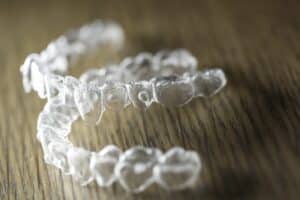
How Do I Know If I Need Braces or Clear Aligners?
How Do I Know If I Need Braces or Clear Aligners? Making the choice between braces and clear aligners can feel confusing. Both treatments help create straight, healthy smiles, but they work differently. At McAllen Orthodontic Group, we help families in McAllen, TX understand their orthodontic options so they can




